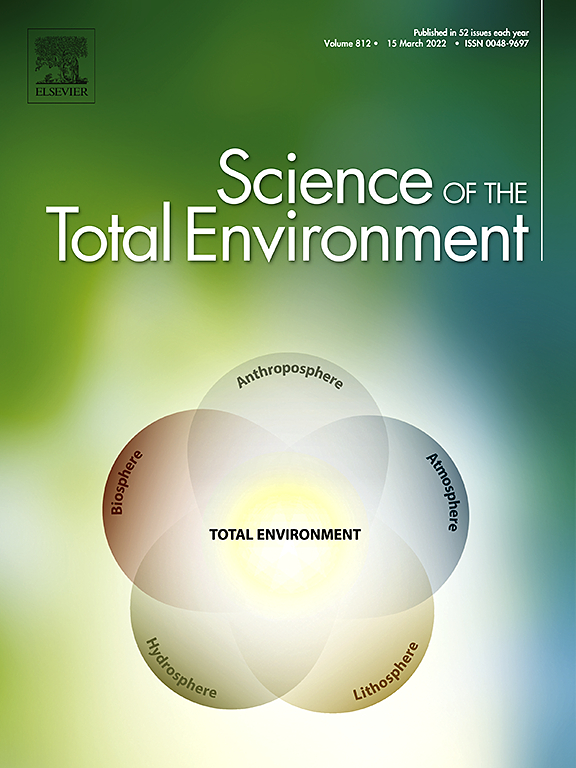|
Autors/es
Faria, Melissa; Prats, Eva; Rosas Ramírez, Jonathan Ricardo; Bellot, Marina ; Bedrossiantz, Juliette; Pagano, Maria; Valls, Arnau; Gomez-Canela, Cristian ; Bedrossiantz, Juliette; Pagano, Maria; Valls, Arnau; Gomez-Canela, Cristian ; Porta, Josep M.; Mestres, Jordi; Garcia-Reyero, Natalia; Faggio, Caterina; Gómez Oliván, Leobardo Manuel; Raldua, Demetrio ; Porta, Josep M.; Mestres, Jordi; Garcia-Reyero, Natalia; Faggio, Caterina; Gómez Oliván, Leobardo Manuel; Raldua, Demetrio
|
Abstract
Fenitrothion is an organophosphorus insecticide usually found in aquatic ecosystems at concentrations in the range of low ng/L. In this manuscript we show that 24 h exposure to environmental concentrations of fenitrothion, from ng/L to low μg/L, altered basal locomotor activity, visual-motor response and acoustic/vibrational escape response of zebrafish larvae. Furthermore, fenitrothion and expression of gap43a, gfap, atp2b1a, and mbp exhibited a significant non-monotonic concentration-response relationship. Once determined that environmental concentrations of fenitrothion were neurotoxic for zebrafish larvae, a computational analysis identified potential protein targets of this compound. Some of the predictions, including interactions with acetylcholinesterase, monoamine-oxidases and androgen receptor (AR), were experimentally validated. Binding to AR was the most suitable candidate for molecular initiating event, as indicated by both the up-regulation of cyp19a1b and sult2st3 and the non-monotonic relationship found between fenitrothion and the observed responses. Finally, when the integrity of the monoaminergic system was evaluated, altered levels of L-DOPA, DOPAC, HVA and 5-HIAA were found, as well as a significant up-regulation of slc18a2 expression at the lowest concentrations of fenitrothion. These data strongly suggest that concentrations of fenitrothion commonly found in aquatic ecosystems present a significant environmental risk for fish communities.
|

WoS
Scopus
Altmetrics
 
|
